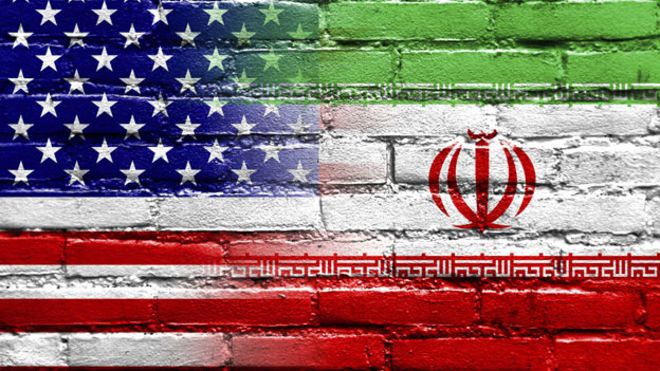The US system is superior to Iran. Discuss
To continue the comparison between the US and Iranian structures of power, in the US, it was possible until recently to note that secular officials make decisions about the warp and woof of daily life and then proceed to execute those decisions.
And it was right and proper to note that in Iran, the Supreme Leader, who is (like the US president) commander-in-chief of the armed forces, can appoint and dismiss the heads of the judiciary and the state radio and television networks, as well as the supreme commander of the Islamic Revolutionary Guard Corps (IRGC).
So, until recently, the stark differences between the US and Iran systems was a point well made.
The IRGC incidentally was established by Iran’s first Supreme Leader, Ayatollah Ruhollah Khomeini, in April 1979 and tasked with safeguarding the theocratic regime against threats both internal and external. The Iranian Supreme Leader’s right – to appoint and dismiss the IRGC head – makes him supremely powerful.
Add to that the reality that Iran’s Supreme Leader also gets to pick half of the 12-member Council of Guardians, a pretty powerful body of jurists that oversees parliament and pronounces on the fitness of candidates for public office. And that the Supreme Leader also has a couple thousand clerics on duty in all parts of the government.
Iran also has an Assembly of Experts – just under 90 “virtuous and learned” clerics, who are publicly elected to eight-year terms (after, of course, their fitness for office has been determined by the Council of Guardians).
And then there is the Iran’s judiciary, whose head is appointed by the Supreme Leader. The head of the judiciary then appoints the head of Iran’s supreme court and the chief public prosecutor.
To outward seeming, the US, with its system of checks and balances, is superior to Iran. Unlike in Iran, the US president can’t single-handedly appoint or dismiss the heads of the judiciary, radio and television networks and the chairman of the joint chiefs of staff. The head of the judiciary and chairman of the joint chiefs must be confirmed by the US senate. Radio and TV networks, of course, follow their own internal logic and process, as informed by the market.
So, the US is unquestionably more free, representative and unconstrained by any one ideological (even theocratic) view.
Isn’t it?
Is it?
One has to wonder.
We’ll consider that in the next and final blog on this mini comparative study of the US and Iranian systems.
Also read:
https://www.rashmee.com/2022/07/01/the-us-and-iran-spot-the-difference/
https://www.rashmee.com/2022/07/03/in-iran-one-man-exercises-complete-control-for-his-lifetime-in-the-us-its-now-six-people/


